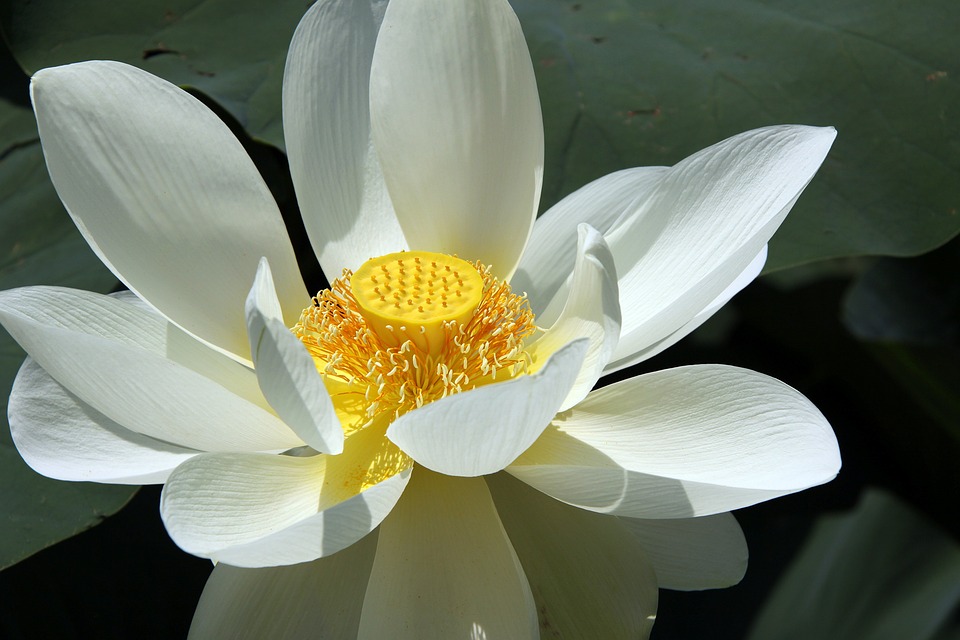Introduction
Greenhouse gardening is a fantastic way to cultivate plants in a controlled environment, maximizing their growth and overall health. A greenhouse grants you the ability to adjust factors like temperature, humidity, and lighting to optimize plant growth. However, to ensure the success of your greenhouse gardening endeavors, there are some best practices you should follow. In this article, we will delve into the essential tips for maximizing plant health in a greenhouse.
Adequate Lighting
One crucial aspect of greenhouse gardening is providing plants with adequate lighting. Ensure that your greenhouse receives enough natural sunlight during the day. If natural light is limited, consider installing supplemental grow lights to meet your plants’ needs. Different plants have varying light requirements, so do your research and provide the appropriate lighting spectrum.
Optimal Temperature and Ventilation
Maintaining optimal temperature and proper ventilation is vital for plant health. Monitor and regulate the temperature inside the greenhouse to suit the plants you are growing. Most plants thrive in temperatures between 65°F and 75°F (18°C to 24°C). Additionally, ensure adequate ventilation to prevent excess humidity and the growth of harmful fungi or molds.
Suitable Watering Techniques
Watering practices significantly impact plant health. Avoid overwatering, as it can lead to root rot and other fungal diseases. On the contrary, underwatering can cause dehydration and hinder growth. Different plants have different watering needs, so understand the specific requirements of the plants you are cultivating and water accordingly. Consider using a drip irrigation system for efficient and targeted watering.
Proper Nutrient Balance
Achieving a balanced nutrient profile in the greenhouse is crucial for plant health. Conduct regular soil tests to determine the nutrient levels and adjust accordingly. Use fertilizers with the appropriate NPK (nitrogen, phosphorus, and potassium) ratios for the specific plants. Organic compost can also provide a valuable source of nutrients for your plants.
FAQs Section
Q: How often should I water my plants in a greenhouse?
A: The frequency of watering depends on various factors, including the type of plant, its stage of growth, and environmental conditions. As a general guideline, regularly monitor the moisture level of the soil and water when it starts to dry out. Avoid waterlogging or allowing the soil to become bone-dry.
Q: Can I reuse the same soil for multiple planting seasons?
A: It is best not to reuse the same soil for multiple planting seasons as it may become depleted of essential nutrients. However, you can rejuvenate the soil by adding organic matter like compost or by rotating crops to prevent nutrient depletion.
Q: How can I prevent pest infestations in my greenhouse?
A: To prevent pest infestations, maintain strict hygiene practices in your greenhouse. Regularly inspect and remove any dead or decaying plant material. Use organic pest control methods like neem oil or introduce beneficial insects that prey on pests.




